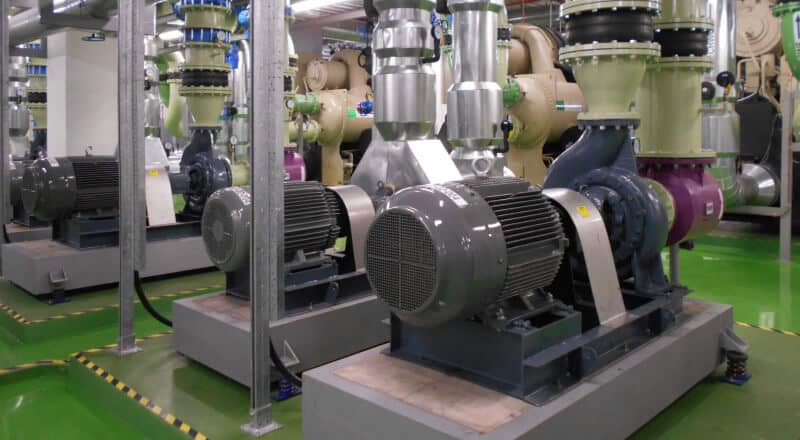Showing all 9 results
-
Mitsuboshi Timing Belts
$0.00 Read more -
Optibelt Alpha Linear Timing Belts
$0.00 Read more -
Optibelt Alpha Timing Belts
$0.00 Read more -
Optibelt ALPHAflex Timing Belts
$0.00 Read more -
Optibelt HL Timing Belts
$0.00 Read more -
Optibelt HP Timing Belts
$0.00 Read more -
Optibelt Linear & HP Timing Belts
$0.00 Read more -
Optibelt OMEGA Timing Belts
$0.00 Read more -
Optibelt Timing Belts
$0.00 Read more
Power Transmission Timing Belts
Power transmission timing belts are essential components used in various mechanical systems to transfer rotational motion and power between two or more rotating shafts. These belts are designed with precise toothed profiles that interlock with corresponding grooves on pulleys or sprockets, ensuring accurate and synchronized power transfer.
Timing belts are primarily used in applications where precise timing and synchronization of components are critical, such as in engines, industrial machinery, automotive systems, and robotics. They offer several advantages over alternative power transmission methods, including high efficiency, low maintenance requirements, quiet operation, and resistance to slippage.
These belts are commonly made from durable and flexible materials such as rubber or polyurethane, reinforced with fiberglass or steel cords to enhance strength and resistance to stretching. The toothed profiles on the belt engage with the teeth on the pulley, enabling the transfer of power without slipping or backlash.
Power transmission timing belts are available in various sizes, pitches, and configurations to accommodate different system requirements. The selection of the appropriate belt depends on factors such as load capacity, speed, environmental conditions, and the desired level of precision.
In addition to their primary function of power transmission, timing belts often play a crucial role in controlling the timing of valves in engines, maintaining the synchronization of camshafts, or driving auxiliary components such as water pumps or alternators. Their accurate and reliable operation contributes to the overall efficiency and performance of the system they are employed in.
Regular inspection and maintenance are essential to ensure optimal performance and longevity of timing belts. This includes checking for signs of wear, proper tensioning, and replacing belts at recommended intervals to prevent unexpected failures that can lead to costly downtime and damage to machinery.
In summary, power transmission timing belts are crucial components in numerous mechanical systems, providing accurate and synchronized power transfer. Their reliability, efficiency, and ability to maintain precise timing make them indispensable in a wide range of applications, from automotive and industrial machinery to robotics and beyond.











